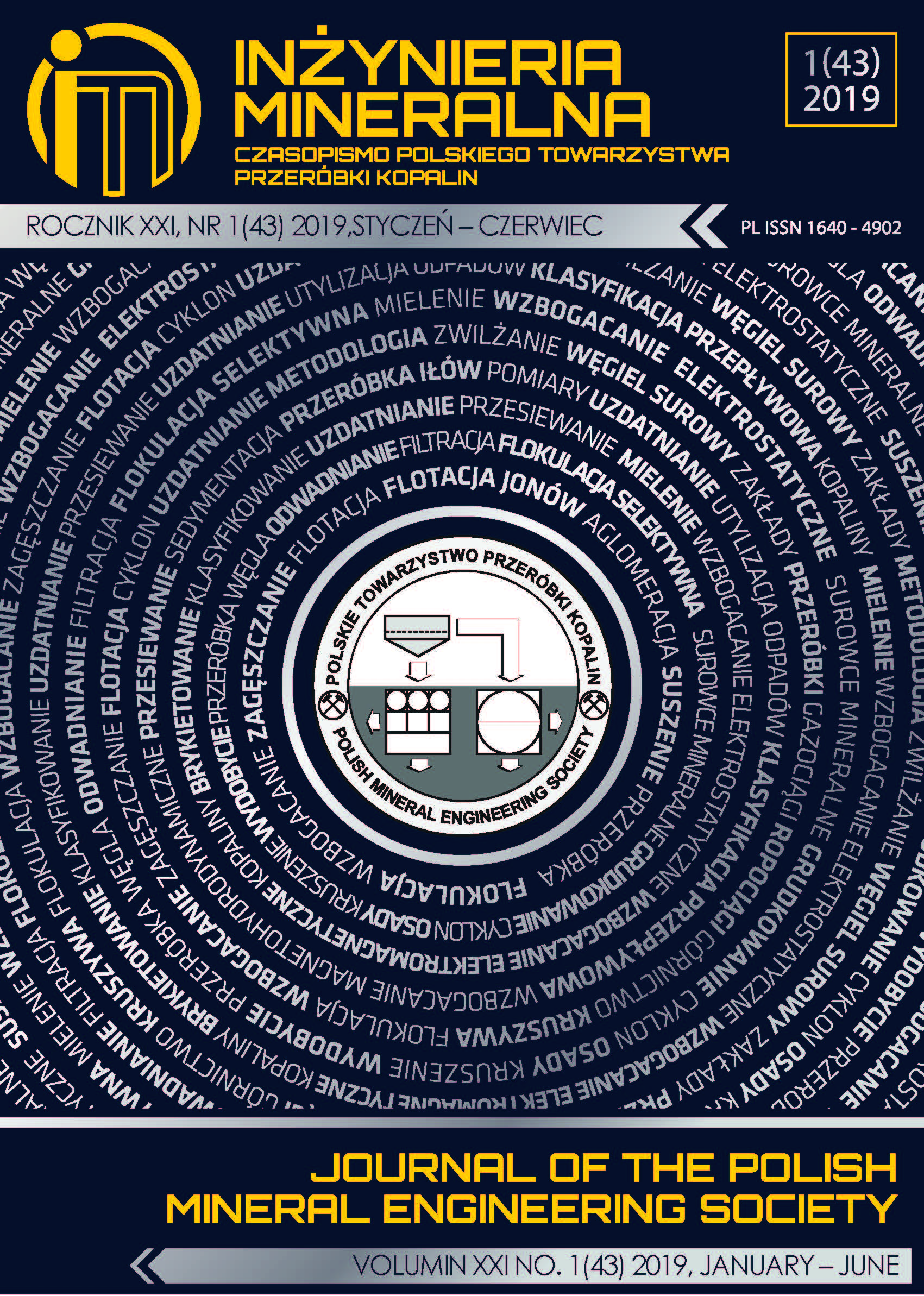Monitoring of Indoor Ultrafine Particulate Matter at the Sites of the Czech Armed Forces
Abstract
Ultrafine particles and nanoparticles in the air are evaluated as a risk factor for the development of respiratory and other health
symptoms due to their inhalation from the ambient air. The Czech Army professionals are expected to have frequent presence in a
polluted environment and regular exposure to air with increased concentration of airborne pollutants. The report evaluates the presence
of ultra-fine particles (in the range of about 7.6–299.6 nm) in rooms often used by soldiers during their working hours when
they are not deployed. The purpose is to assess whether the presence of troops in these workplaces is safe and does not pose a risk
of adverse health effects in itself. Testing took place in three military rooms (classroom 1, classroom 2 and exercise flight simulator
room). Seven samples of air were analysed in time by the scanning mobility particle sizer in succession. Mean particle concentrations
were found at 1.79×104, 7.53×103 and 8.39×103 N·cm-3 for the classroom 1, classroom 2 and exercise flight simulator room.
Conclusions of the research have shown that particle concentrations in the places of the Czech Army can reach values that border
the immission limits stated by the World Health Organisation.
This journal permits and encourages authors to post items submitted to the journal on personal websites or institutional repositories both prior to and after publication, while providing bibliographic details that credit, if applicable, its publication in this journal.







.png)
